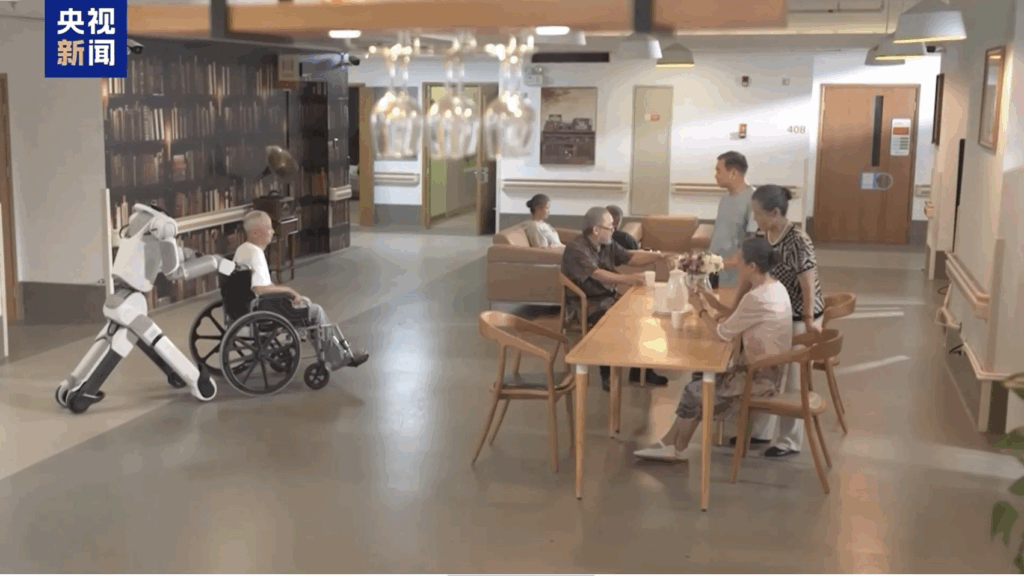https://j.people.com.cn/n3/2025/0901/c95952-20360258.html#:~:text=要するに、AIが技術ツール,なることを意味する%E3%80%82
The State Council issued “Opinions on the Deep Implementation of ‘AI+’ Actions. They outline China’s “AI+” development path over the next 10 years.
According to the document, in the near future, a day is likely to look something like this:
- You’re woken up by an AI butler and eat breakfast prepared by smart appliances.
- On your way to work, your smart car reads out your schedule for the day.
- You come home from work to find an AI teacher giving your child extra lessons and their homework already corrected.
The “Opinion” calls for widespread and deep integration of AI in six key areas by 2027, ahead of other fields, and for the adoption rate of next-generation smart devices and AI agents to exceed 70%.
The six areas and deep integration are
- deep integration of AI into science and technology,
- industrial development,
- improving consumption quality,
- people’s welfare,
- governance capabilities, and
- global cooperation.
From nursing robots to AI teachers, it is predicted that by 2035, more than 90% of services with rigid demand will incorporate an “AI heart.”
A closer look at the industry’s development reveals that China’s AI is already capable of solving complex problems in real-world scenarios. Next-generation smart devices, such as smart connected cars, smart wearable devices, and smart homes, are emerging one after another, marking a critical turning point for the realization of AI applications. Capturing this trend could be as significant an event as the widespread adoption of the internet in the 1990s and smartphones in the first decade of the 21st century.

